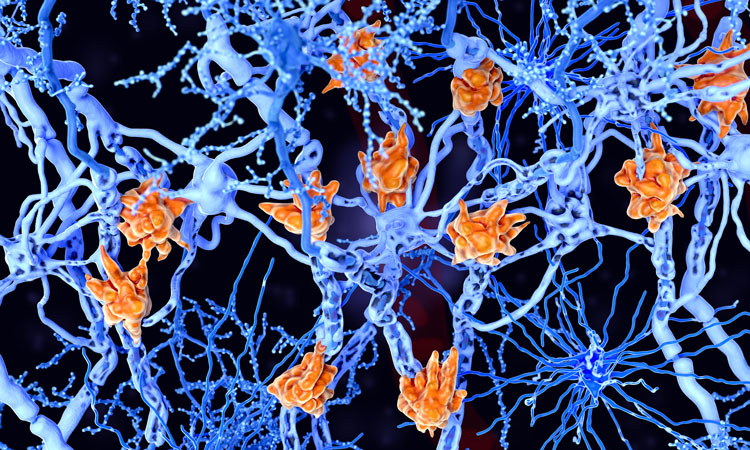New biomarker for asymptomatic stages of Alzheimer’s disease
Posted: 17 May 2024 | Drug Target Review | No comments yet
Researchers identified miR-519a-3p as a biomarker that could enable early diagnosis and treatment of neurodegenerative diseases.


Led by the Molecular and Cellular Neurobiotechnology group at the Institute for Bioengineering of Catalonia (IBEC) and the University of Barcelona, researchers have discovered a novel biomarker for Alzheimer’s disease (AD) in its asymptomatic stages. The biomarker is a molecule named miR-519a-3p, a microRNA directly linked to the expression of the cellular prion protein (PrPC), which is deregulated in people suffering from some neurodegenerative conditions such as AD.
Detecting AD in its early, asymptomatic stages could greatly improve its diagnosis and treatment, which stable and easily detectable biomarkers like microRNAs could facilitate. In AD patients, the expression of some microRNAs is known to be deregulated but this is the study denotes the first time that this microRNA has been specifically linked to the decrease in PrPC production during disease progression.
Co-leader of the study Dr José Antonio del Río, IBEC principal investigator and full professor at the Faculty of Biology and the Institute of Neurosciences of the University of Barcelona (UB), commented: “Currently, tests to diagnose Alzheimer’s disease are usually carried out after the onset of symptoms, when there is already underlying cognitive impairment. We believe that the detection of this microRNA may help to establish additional criteria for a more accurate diagnosis in the early stages of the disease.”
The study comparatively analysed the presence of the biomarker in samples from other neurodegenerative diseases. IBEC senior researcher Dr Rosalina Gavín, the other co-leader of the study and UB associate professor, explained: “If our goal is to use miR-519a-3p as a biomarker to detect Alzheimer’s dementia in hypothetically healthy people, it is essential to ensure that its levels are not altered in other neurodegenerative diseases. In our study, we compared the levels of this biomarker in samples from other tauopathies and Parkinson’s disease, confirming that the changes in miR-519a-3p are specific to Alzheimer’s disease.”
The amount of PrPC changes over the course of AD, with higher levels in the early stages of the disease and lower levels as the disease progresses. The mechanism responsible for this is not clearly elucidated but it has been observed that certain microRNAs bind to a specific region of the PRNP gene that controls PrPC expression and reduces it. Also, based on comparisons of previous studies and computational analyses in various genomic databases, the team selected miR-519a-3p for their study.
The team aim to validate miR-519a-3p as a biomarker in blood samples from different cohorts of patients, so it can be used in clinical diagnoses of AD in peripheral samples.
This study was published in Biochimica et Biophysica Acta (BBA) – Molecular Basis of Disease.
Related topics
Biomarkers, Neurosciences
Related conditions
Alzheimer's disease (AD), Neurodegenerative diseases
Related organisations
Institute for Bioengineering of Catalonia (IBEC), University of Barcelona (UB)








